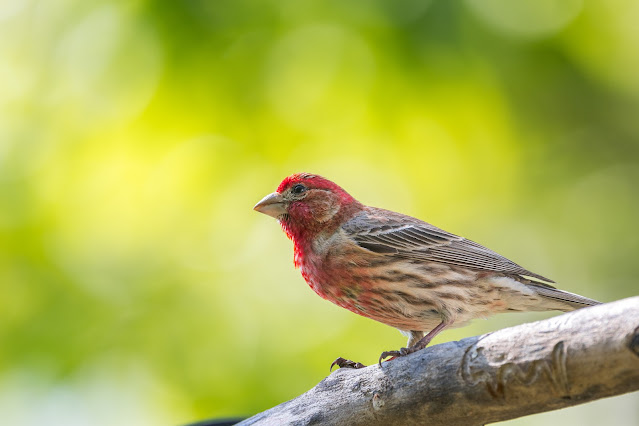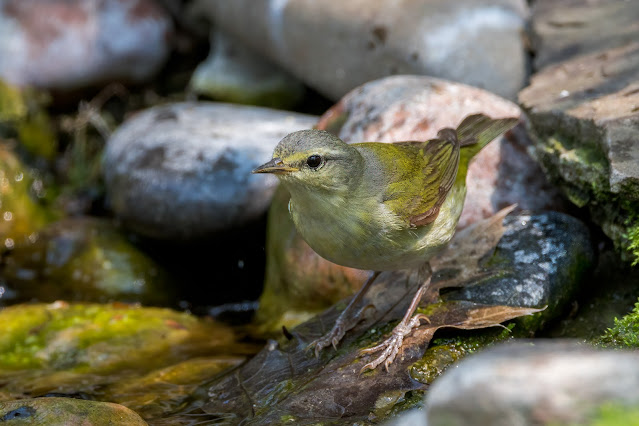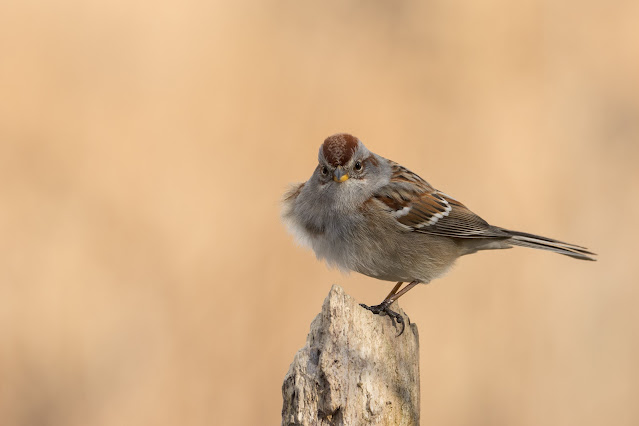Mute swans

Don't know about ducks, but I've got my swans in a row. February 4, 2023, Windsor, Ontario, Canada. Mute swans Cygnus olor The black knob at the base of the male Mute Swan's bill swells during the breeding season and becomes noticeably larger than the female's. The rest of the year the difference between the sexes is not obvious. source-allaboutbirds-org











